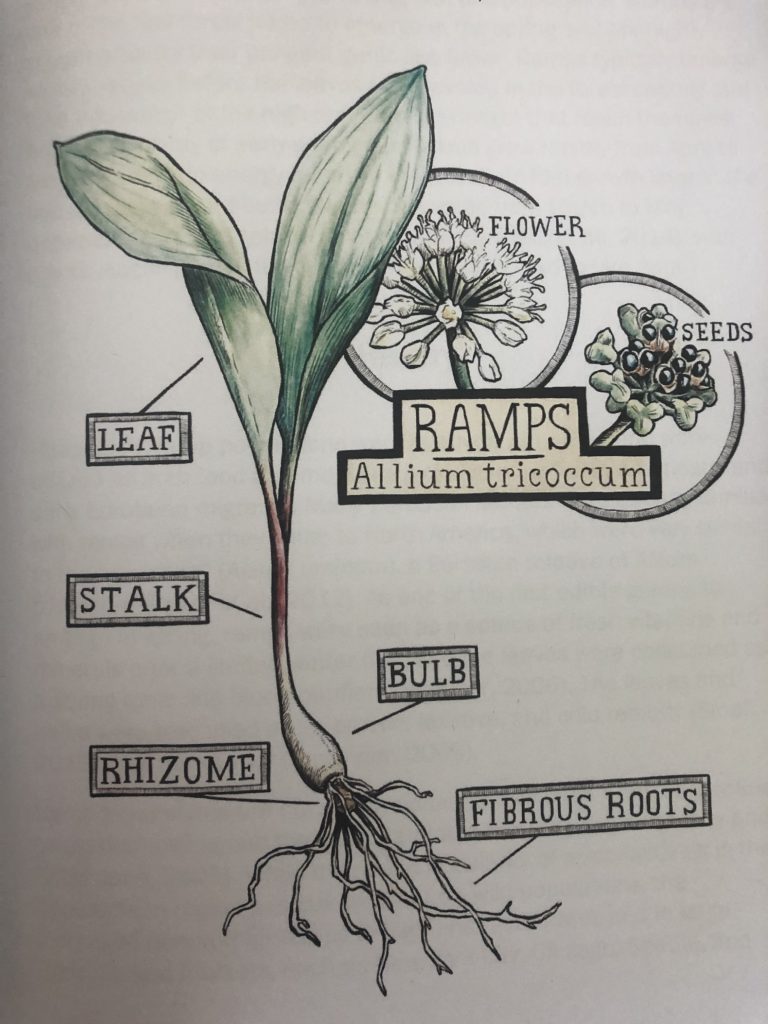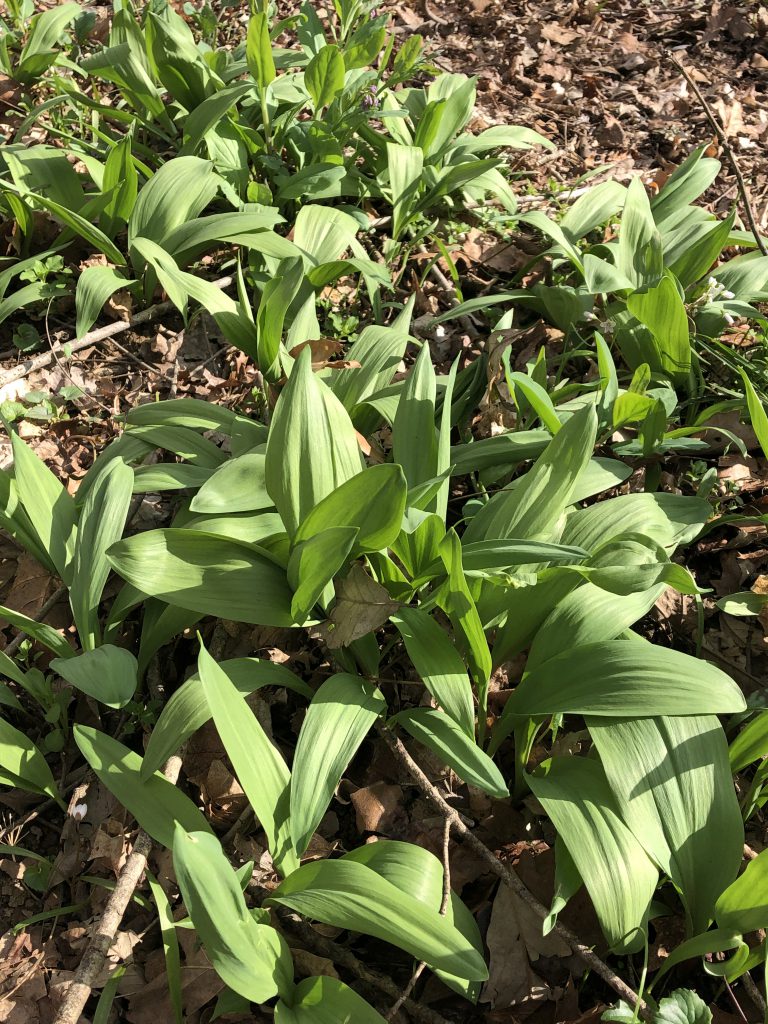Today we are going to step into the shoes of our ancient ancestors and get a glimpse of what life would have been like 11,000 years ago. There are no farms, no stores, and you are getting hungry. Where do you go to get your food?
The answer, you have to find your food in the wild! This is known as foraging, the process of searching for, identifying and collecting food in the wild. You may already have done a little foraging yourself. Picking mushrooms, blackberries, or onion grass are all examples of foraging.
What are some other things people might forage for? Take a minute to think about this before you jump into the next section.
Foraging in four simple steps
Step one: Choosing
The first step in our foraging adventure is to choose what edible plant you want to hunt for. There are all kinds of plants that can be eaten, but do a little research to see what grows near you. Make sure that your plant is edible before seeking it out.
As we go through these steps together, we are going to focus on one of my favorite seasonal foods, ramps. Ramps are a species of wild onion that are native throughout eastern North America. They are one of the first plants to pop up in the spring and now is the ideal time to find them!
Step two: Searching
The second step in our foraging adventure is searching for the plant. With a little bit of research I found that ramps like to grow in shady wet areas. They also like low-lying places where water might gather. We can use these clues to think about places near us that are the perfect place for ramps to grow. Can you think of some places around you that are shady and wet?
We thought the best place to look would be the bottom of hills where the soil was wet and mushy. Look at what we found!
But wait!!! How can we be sure these are ramps? What if they are some other plant that we shouldn’t be eating? This brings us to step three.
Step three: Identifying
The third step in our adventure is identifying the plant. We need to be sure that this is really a ramp and not something that looks similar. There are some other plants that might make us sick if we eat them and we need to be careful to avoid them.
We already looked at some photos of ramps earlier, but we need to look for a few more clues to be sure they are ramps. Check out the video below to learn more!
Step four: Collecting
The fourth step in our adventure is to collect the plant or the parts of the plant we want to eat. With ramps every part of the plant is edible except for the seeds. The bulb has the most flavor
, followed by stem and then the leaves. In fact, there are special ways of harvesting each part of this plant!Here are the three methods that our forestry experts use. Some of these methods ensure the plant grows back next year so we can eat it all over again! Check out the video below to hear from one of our forestry experts.
This video used the whole plant removal method to collect the entire plant. When using this method it is important to only harvest a little bit of the patch, about 5% at most. We would also need to revisit this site later to plant the seeds of the remaining ramps. Why do you think this is important?
This video used the cut-stalk method of harvesting to collect the stem and leaves of the plant. When using this method it is important to continue to harvest only 5% of the patch at most. Why do you think we can still only harvest 5% of the patch using this method?
In this video we learned about the leaf-only harvest method. When using this method you should always leave at least one leaf on the ramp so it can continue to grow and even produce seeds later in the season!
Your Turn
We learned about foraging for ramps, but there are a lot of wild edibles out there. These include onion grass, dandelions, chickweed and so much more. These plants are much more common than ramps. You may even have them around your home.
Here is an example of Darcy foraging for violets, following our guidelines.
If you want to forage for plants, follow the four steps we learned about. Check out the summary below to review.
- Choosing
Try foraging for ramps or violets, like we show you here, or do good research. What are some plants you’ve seen recently that might be edible?
When choosing a plant to gather, first make sure it is something you can eat. Some plants even have to be cooked a certain way before they can eat them.
- Searching
Research where your plant grows best. You can use that information to think about where you could find that plant, and make finding it much easier.
Gather plants from places where there are no pets or chemical pesticides.
- Identifying
There are all kinds of plants out there and many of them can look alike. In some cases plants that can make you sick or irritate your skin will look a lot like an edible one. Make sure you check with an adult before you handle the plant.
If you aren’t sure of your identification, stop at this step, and share what you’ve learn with us!
- Collecting
Be sure to only collect the edible parts of the plant you are finding. In some cases there may even be a way to collect those parts in a way where the plant will still continue to grow. Just like with our ramps example!
Did you hunt for an edible plant? Tell us about below!

